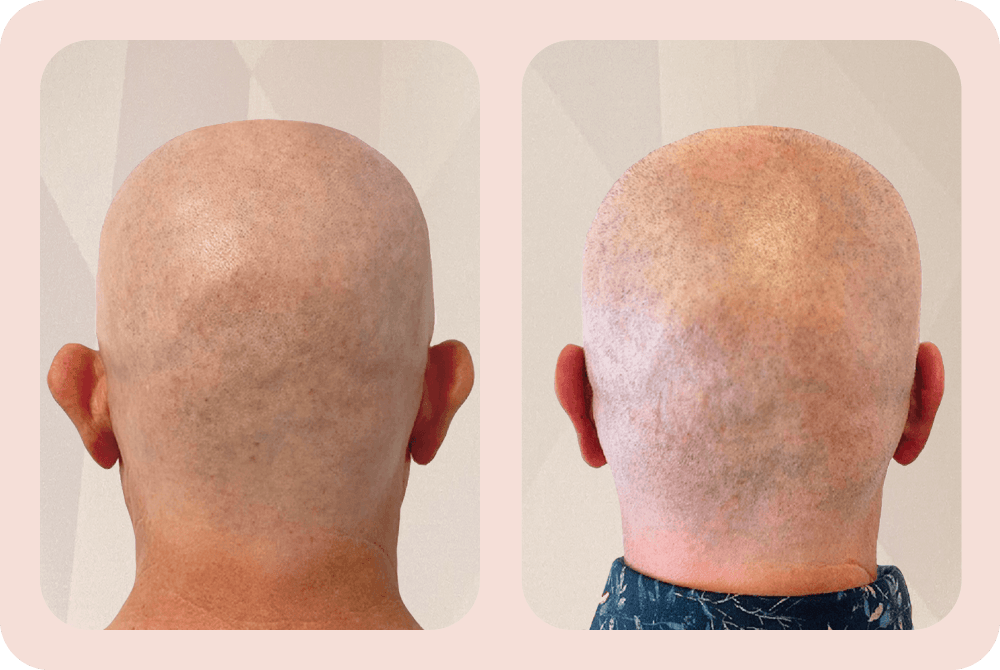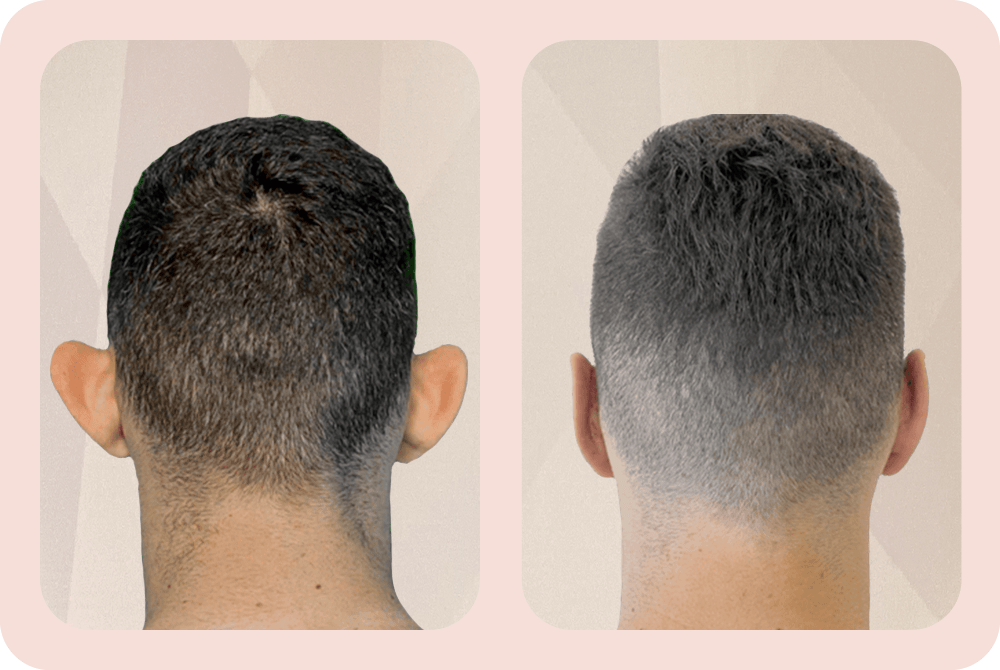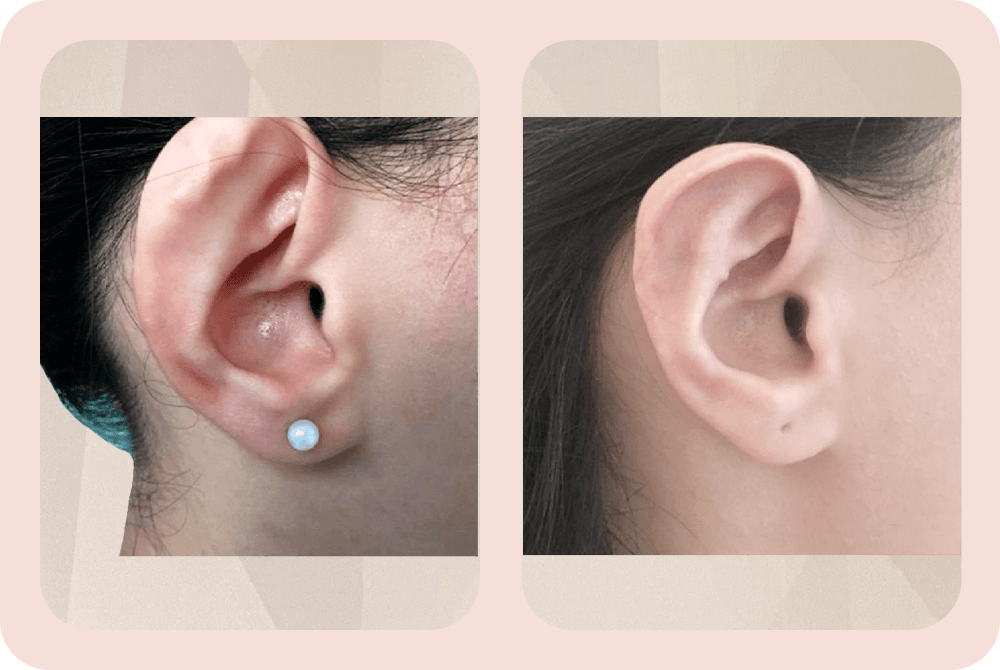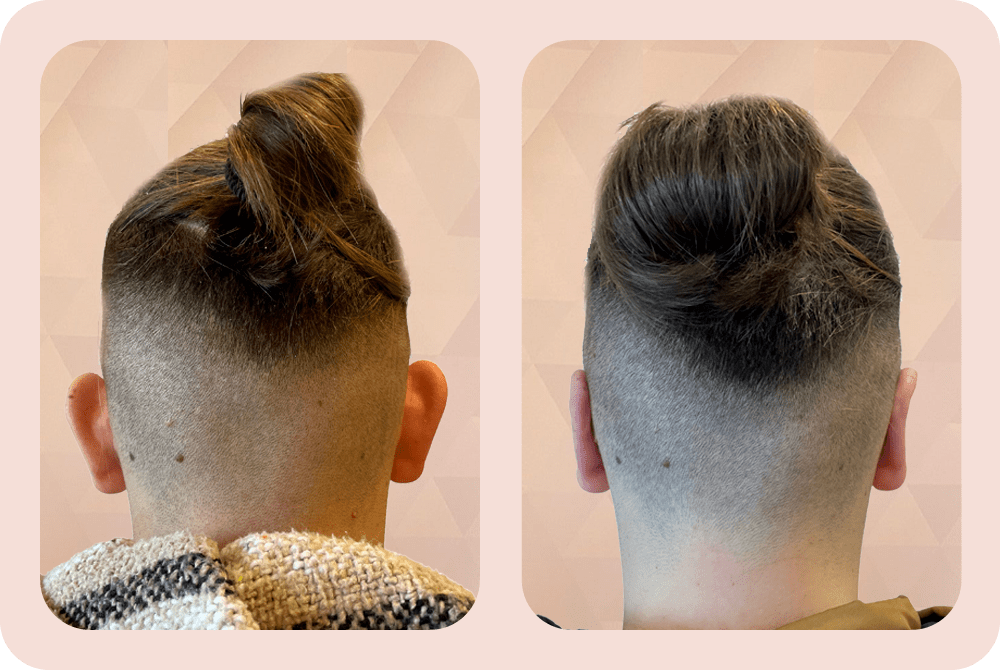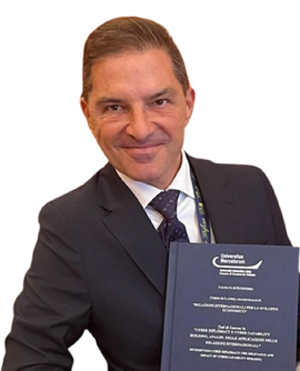Otoplastic
Ear remodeling
Remodeling of the ears or Otoplasty is a surgical intervention through which the correction of very open ears is achieved or as we commonly call them in everyday language “lobed ears”. Through this intervention, the cartilage of the ear is pulled back, giving it a shape that is close to normal and in full adaptation to the shape of the face. Another reason to undergo ear remodeling surgery is also to correct various deformities that the ear cartilage may have. If you are experiencing any of the above conditions, then otoplasty is the solution to your problem.
Aesthetic ear remodeling surgery can be performed starting from the age of five. If the doctor notices that the growth process of the ear cartilage is complete, then the intervention can be planned. A typical otoplasty surgery takes 45 – 60 minutes. It is usually done by removing a small piece of skin from the back of the ear to expose the cartilage. The ear is then reshaped and the retroauricular cartilage is repositioned, bending the ear back toward the head. Even if your problem is only in one ear, the surgeon may decide to operate on both. This is done to ensure the best possible symmetry after surgery. The ear remodeling intervention is usually performed under local anesthesia, always with the presence of the anesthesiologist in the room during the entire duration of the operation. Ear remodeling surgery can be performed in the same operating room combined with other interventions such as nose remodeling, chin remodeling or gill liposuction.
Preliminary consultation
- On the day you perform the consultation with the surgeon, you must inform the surgeon if you are allergic to any medication, as well as refer to the doctor if you are taking any medication for health reasons that may influence the performance of the surgical intervention;
- A few days before the operation, you will perform a series of pre-operative examinations which inform the medical staff about your health condition before the operation;
- At least two weeks before surgery, you must stop taking drugs containing Acetylsalicylic Acid (such as Aspirin, Vivin C, Cardiospirin, etc.) and stop taking oral anticoagulants. Discontinuation of any therapy due to surgery must be consulted in advance with your doctor who prescribed the therapy;
- Smoking must be stopped at least two weeks before the intervention;
- The patient must have taken a shower, remove gel or nail polish products the day before the operation, and not consume food or liquids at least eight hours before the intervention;
- We recommend that patients wear comfortable clothes with buttons or zippers on the day of surgery.
After the operation
At first, the ears will be sore and swollen, so they will be bandaged. You will wear this bandage for about 3-4 days, during which time you will not be able to drive due to limited hearing. This bandage will be removed at your next appointment with the clinic’s doctors. Further, you will be advised to wear an elastic bandage like the one used by tennis players for another five consecutive days during the day, while at night you will wear this bandage for a minimum of 3-4 weeks after the operation, until the ears are fully healed. If you have any concerns you can talk to the medical staff of our clinic, day or night. We usually advise that you take a week off from work for the initial recovery period. After almost four weeks, you will be able to return to sports activities, including swimming.

